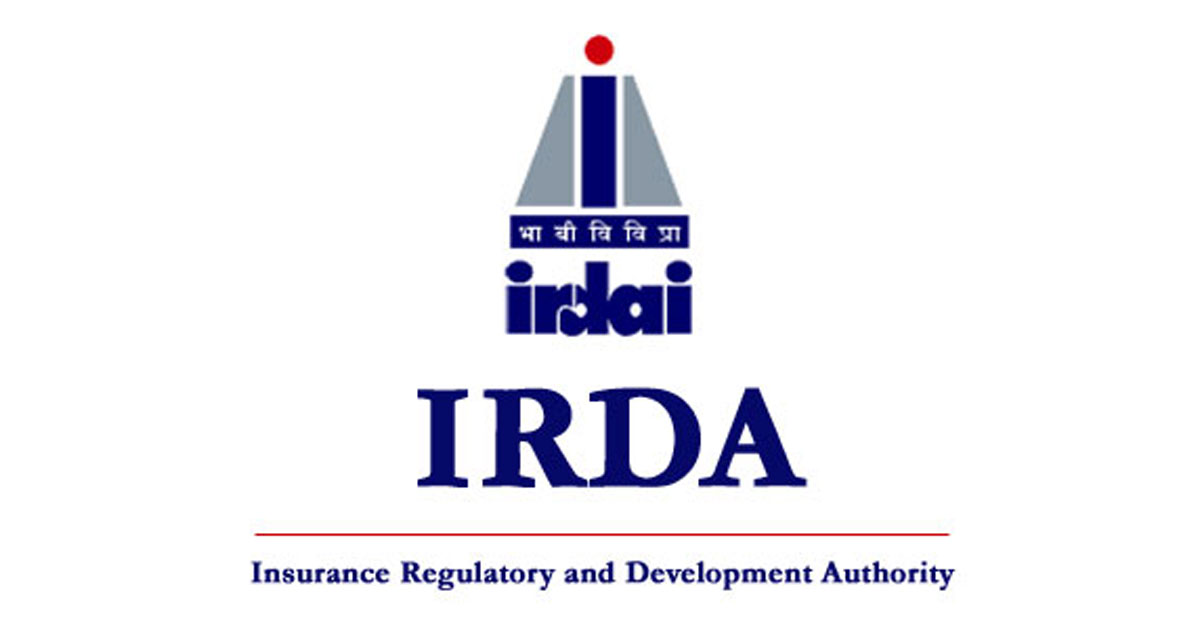Here is all you need to know about cashless and reimbursement claims. Get all the important details and steps to file a claim through this comprehensive guide.

A health insurance policy ensures that you do not have to worry about the treatment cost during a medical emergency. You can claim the policy amount in two ways: cashless claim and reimbursement claim.
Q. What is a Cashless Claim?
The policyholder can get medical treatment at a hospital listed by the insurer without having to pay. You can make a cashless claim when you avail of planned hospitalization or emergency hospitalization.
Steps for a Cashless Claim
For both planned and emergency hospitalization, the procedure for a cashless claim is similar. A third-party administrator (TPA) plays an important role here. A TPA is an organization that processes your insurance claims on behalf of the insurer.
You Need to Follow the Steps listed below to file a Cashless Claim:
In the case of planned hospitalization, contact your insurer’s toll-free number to know which hospital in the list is nearest to you.
Show your policy card at the hospital and get the pre-authorisation form at the hospital’s insurance desk. You can also download the form from the TPA website.
Submit the filled-in form at the insurance desk for processing. The desk will forward the form to the TPA for approval or rejection.
In the case of emergency hospitalization, the insurance desk will hasten the process. The TPA should process the claim within six hours during an emergency.
Once the TPA approves the form, it will send the hospital an authorisation letter mentioning the sanctioned amount. In an emergency, if the TPA delays the process, you have to pay the bills and later claim a reimbursement.
Q. What is a Reimbursement Claim?
If your policy does not provide a cashless facility, you can claim a reimbursement.

Steps for a Reimbursement Claim
The convenience of a cashless health insurance claim cannot be compared with the procedure of a reimbursement claim. However, following the steps given below will ease the process:
Retain every bill for the expenses incurred during hospitalization. You must also keep records of other documents, like discharge summary, reports, prescriptions, and cash receipts.
Check the final hospital bill well before signing and paying. You do not want to pay extra and lower the insurance amount for the rest of the year.
Once discharged, submit all the original documents of treatment to the insurance company or TPA, as applicable.
Submit the supporting documents for any pre- and post-hospitalisation cost that the insurance policy includes.
The insurance company or TPA will process your application after detailed scrutiny. It will then decide the amount eligible for reimbursement.
Generally, they will reimburse the bills within 21 days of submission of documents if they approve the claim.
Although this is the standard procedure for claims, the process may vary a bit from insurer to insurer. Study the policy document to know its contents, inclusions, and exclusions for a smooth claim process.
Recommended Read : Cashless health insurance policy.






